Meet Ate Wamz: A Guardian of Batek
Wilma Gaspili, affectionately known as Ate Wamz, stands as a significant figure in the revival and preservation of Batek, the indigenous tattoo tradition originating from the Cordillera region of the Philippines. Born into the Benguet Kankana-ey and Kalanguya tribes, Ate Wamz embodies a rich cultural heritage that spans generations. Her upbringing in these indigenous communities instilled in her a deep appreciation for the sacred traditions that have defined her ancestry, particularly the intricate art of tattooing that symbolizes identity and heritage.
Ate Wamz’s commitment to this age-old practice transcends mere artistry; it is a profound mission to ensure that each tattoo she crafts serves as a vessel of guidance, strength, protection, and healing. These tattoos, adorned with traditional motifs, are not simply decorative. They are carefully designed to invoke ancestral memory and spirituality, reflecting the individual’s journey and relationship with their roots. By preserving these designs, she plays a pivotal role in maintaining the cultural narratives that these tattoos carry, ensuring the stories of her ancestors continue to resonate.
In an effort to share her knowledge and promote appreciation for Batek, Ate Wamz is set to participate in an upcoming cultural gathering. This event represents a unique opportunity for attendees to meet her in person and witness the traditional tattooing process. This gathering is not only an occasion to embrace the artistry of indigenous tattoos but also a chance to engage with the culture and philosophy underpinning Batek. Through her workshops and live demonstrations, she hopes to inspire a new generation to respect and continue the ancient traditions associated with this profound cultural practice.
Understanding Batek: The Art and Its Significance
Batek, the indigenous tattoo tradition of the Cordilleras in the Philippines, serves as a profound reflection of cultural identity, social status, and personal valor among the community. This ancient art form has been meticulously practiced for centuries and is characterized by intricate designs and symbols imbued with deep meaning. Each tattoo is more than mere body art; it embodies the life experiences, achievements, and aspirations of the wearer, marking their journey and place within the community.
Historically, Batek tattoos were significant in signifying milestones, particularly for warriors and hunters. The application of these tattoos was often accompanied by rites of passage, celebrating bravery and the successful completion of vital undertakings. These markings not only showcased personal courage but also served as a visual testimony of one’s accomplishments and standing within the social hierarchy. One prominent figure often referenced in this tradition is Apo Anno, a legendary ancestor of the Benguet, known for his extensive tattoos that illustrated his life story and the battles he fought.
The process of creating a Batek tattoo is an art in itself, employing the traditional hand-tapping method. This rhythmic and precise technique involves the use of a thorn and natural pigments, embodying a sacred practice passed down through generations. The materials utilized in crafting these tattoos are carefully sourced, infusing each design with cultural significance, while ensuring the authenticity of the artistry. Each intricate pattern carries representations that are unique to the individual, forming a collective identity among those who bear them.
As the Batek tradition continues to resurface in contemporary society, understanding its history and cultural relevance enriches our appreciation for this remarkable art form. The practice of Batek remains a vital connection to heritage, serving not only as a symbol of identity but also as a celebration of life’s extraordinary narratives.
The Sacred Connection: Tools, Techniques, and Beliefs
The traditional tattooing practices within the Batek culture of the Cordilleras are deeply rooted in both artistry and spirituality. A significant aspect of these practices revolves around the specific tools utilized by practitioners, particularly the hand-tapping technique employed by the skilled tattoo artist, Ate Wamz. This method relies on a unique tool crafted from a lemon thorn affixed to a stick, enabling precise control as the artist imprints intricate designs onto the skin. The choice of a lemon thorn not only serves a functional purpose but is also symbolic, representing a connection to nature and the resources provided by the environment.
Another critical element in the Batek tattooing process is the ink, which is traditionally composed of soot mixed with sacred water sourced from Mt. Pulag. This mountain holds immense significance for the Igorot people, revered as a spiritual landmark where the earth and sky converge. The incorporation of sacred water into the ink establishes a profound link between the individual receiving the tattoo and the ancestral spirits believed to reside in the land. As such, each tattoo becomes more than a mere decoration; it transforms into a powerful narrative that connects individuals to their heritage.
Moreover, the cultural belief system surrounding Batek emphasizes that tattoos are not merely aesthetic expressions but are imbued with meanings that reflect the wearer’s identity, lineage, and relationship with the community and nature. When adorned with Batek tattoos, individuals reinforce their ties to ancestors and the geographical spaces they inhabit, emphasizing the sacred nature of their connection. This symbiosis of tools, techniques, and cultural beliefs underscores the importance of preserving the tradition of Batek, ensuring that it continues to thrive and resonate through generations.
Ate Wamz’s Journey: Reviving a Vanishing Tradition
Ate Wamz, a prominent figure in the movement to revive Batek, the indigenous tattoo tradition of the Cordilleras, embarked on her journey in 2018 with an unwavering commitment to her culture. Growing up as an Igorot, she was deeply influenced by the rich tapestry of customs and identities that her ancestors have passed down through generations. However, she recognized that these traditions were at risk of fading into obscurity, prompting her to take a stand.
The pivotal moment in her journey came when she encountered the mummified body of Apo Anno. This powerful experience revealed the intricate tattoo patterns that adorned his skin, serving as a tangible connection to the past and a reminder of the cultural significance of Batek. It was here that Ate Wamz found her calling. Inspired by this haunting reminder of her heritage, she made it her mission to breathe new life into the art of tattooing and combat the erosion of indigenous practices.
Ate Wamz’s work transcends the act of tattooing. Each design she creates carries profound meaning, serving as a reclaiming of lost identities for those in her community. Her tattoos are not merely decorative; they are symbols of history, resistance, and cultural pride. By revitalizing Batek, she empowers individuals seeking to reconnect with their roots—each inked pattern is a testament to the resilience of the Igorot spirit.
Through her dedication, Ate Wamz has become a beacon for those interested in preserving their cultural heritage. By sharing her journey and skills, she fosters a supportive environment where tradition can thrive once more. The path she has carved inspires others to cherish and uphold their ancestral practices, ensuring that the legacy of Batek continues to flourish for generations to come.

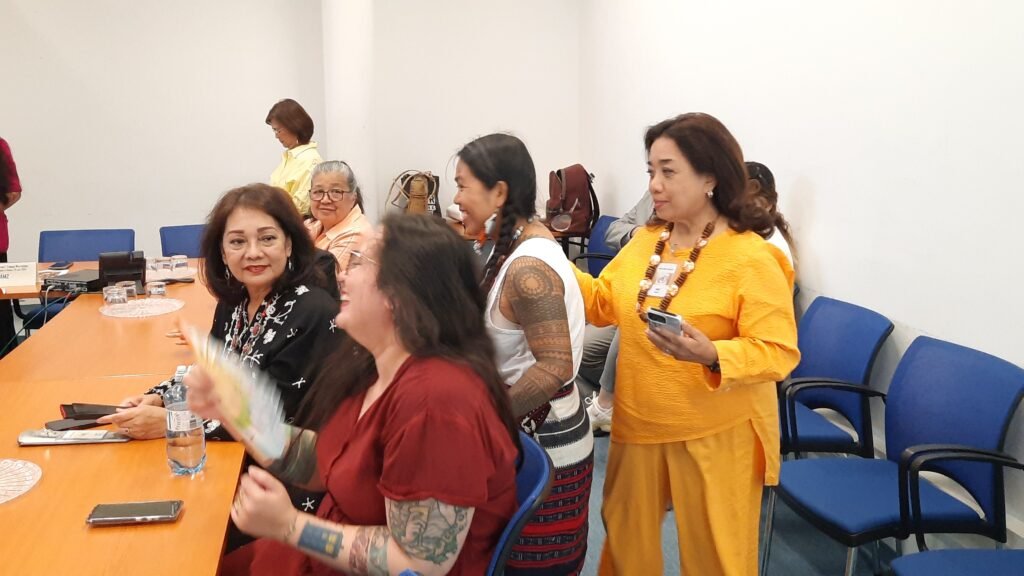
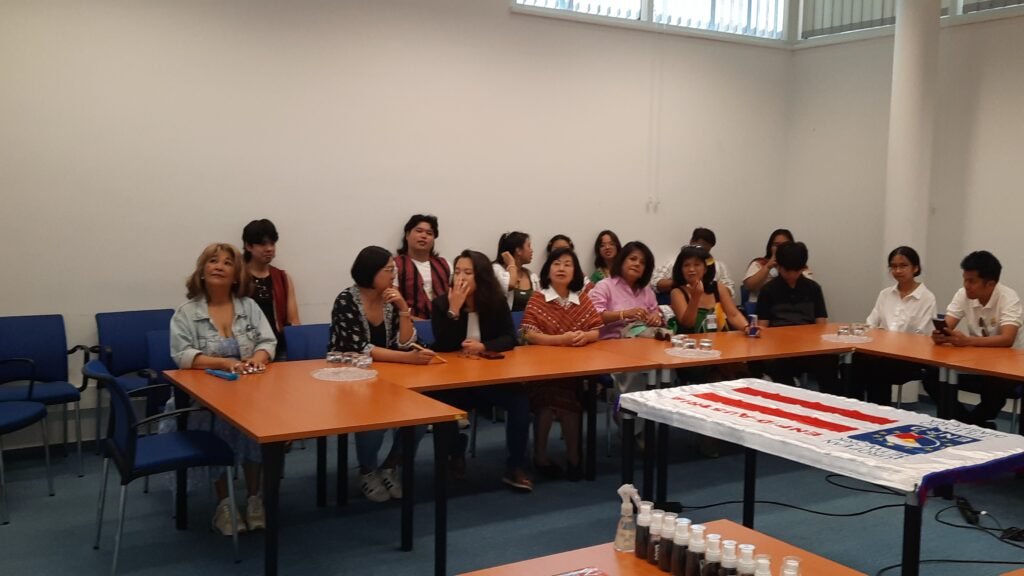
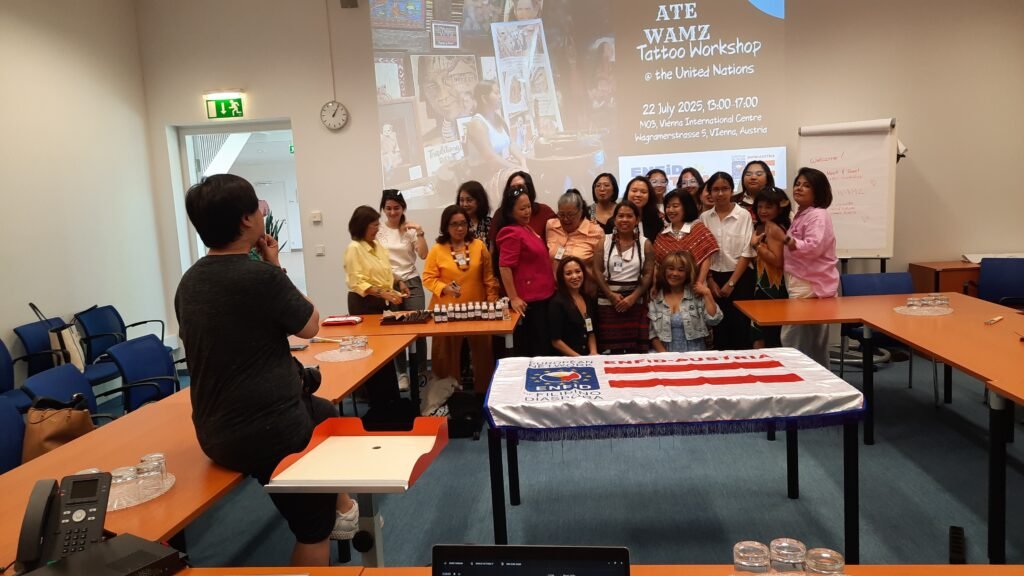

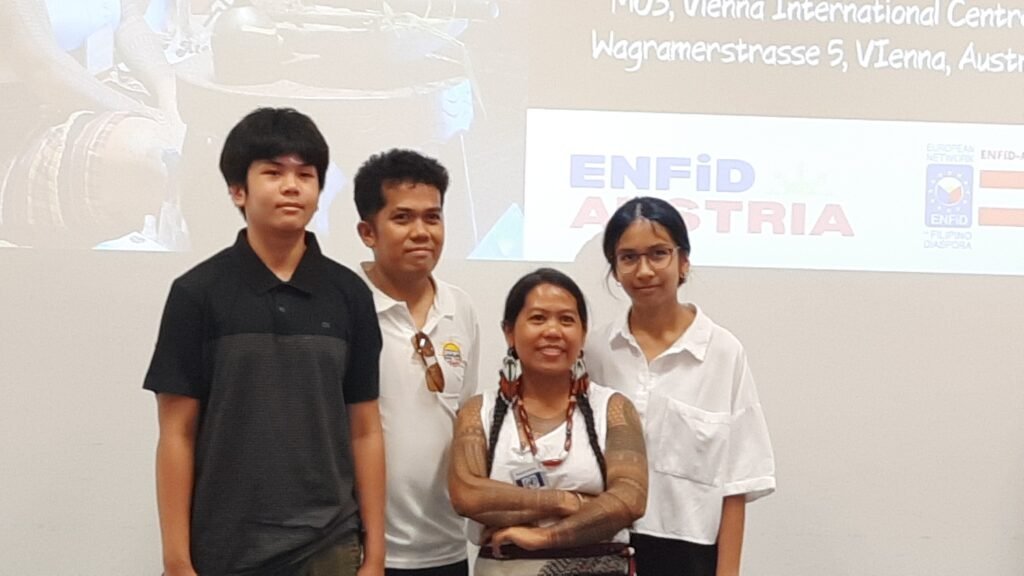
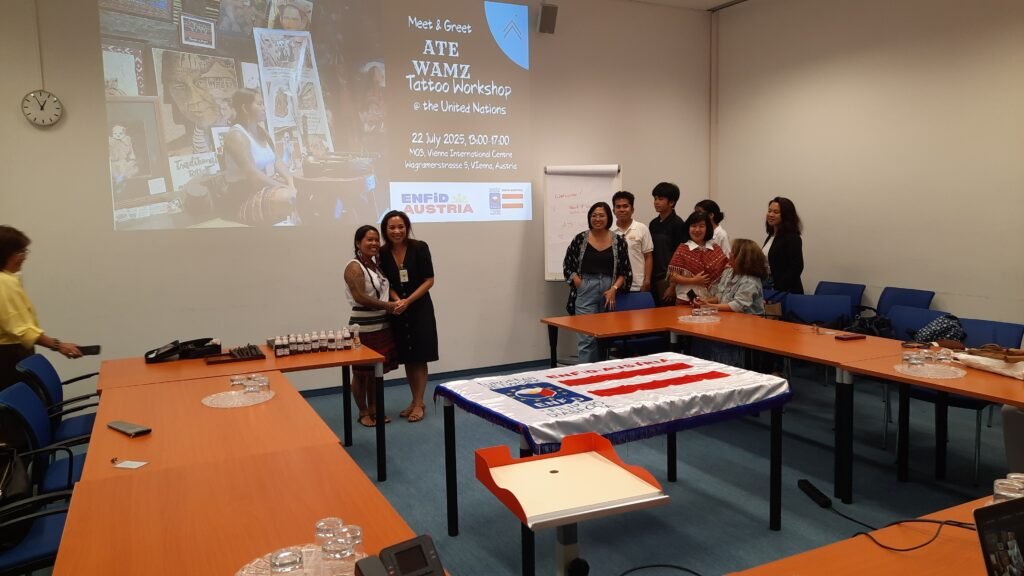
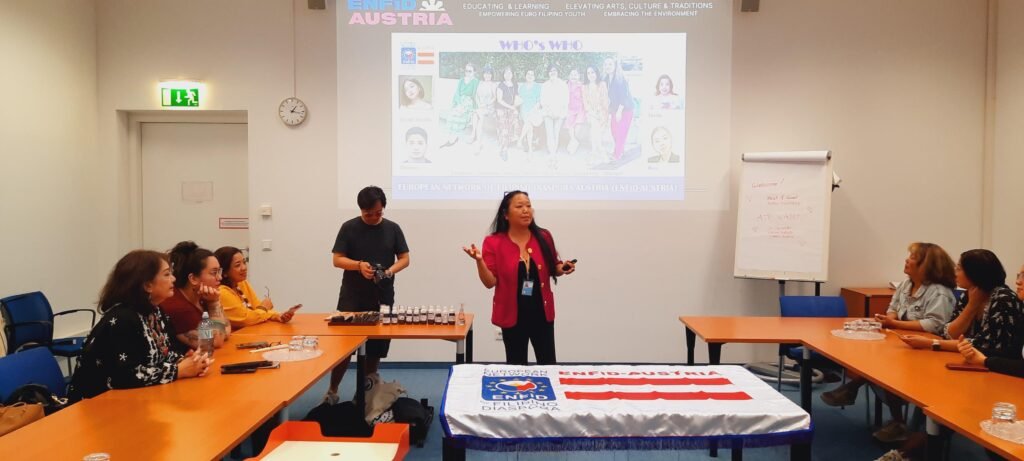
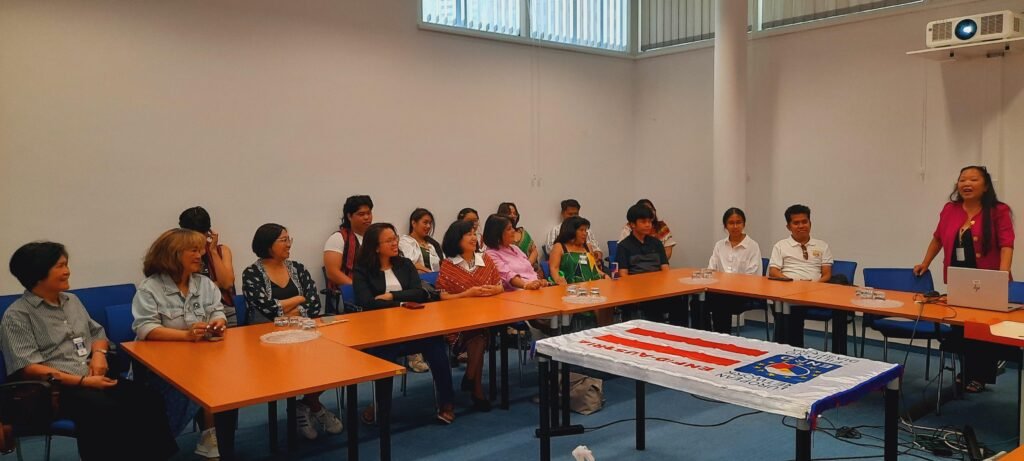
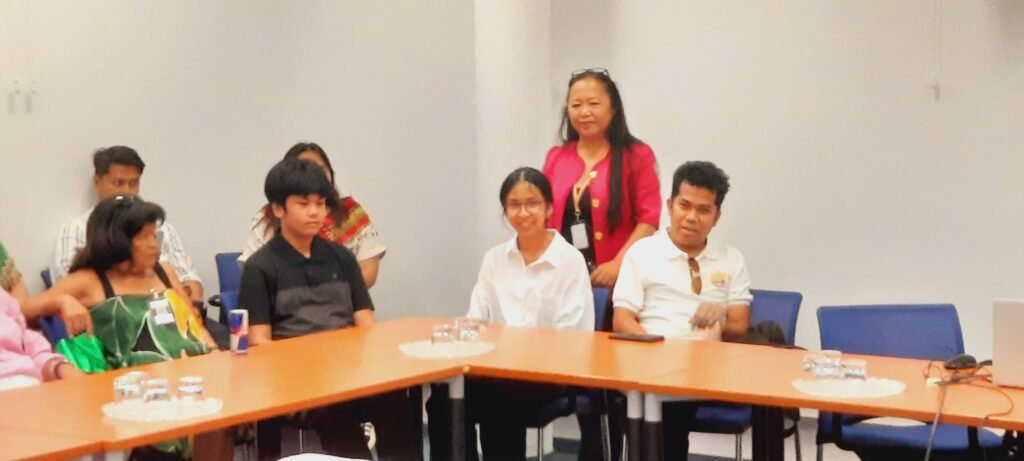
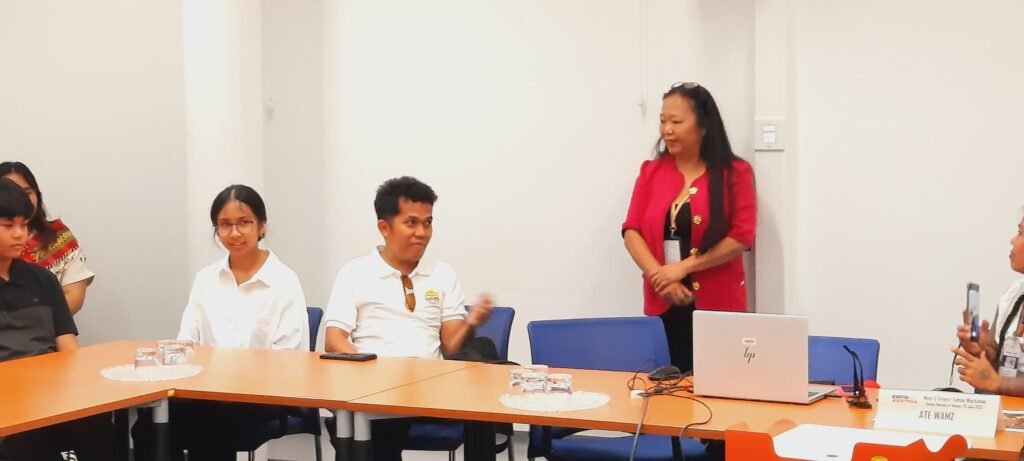
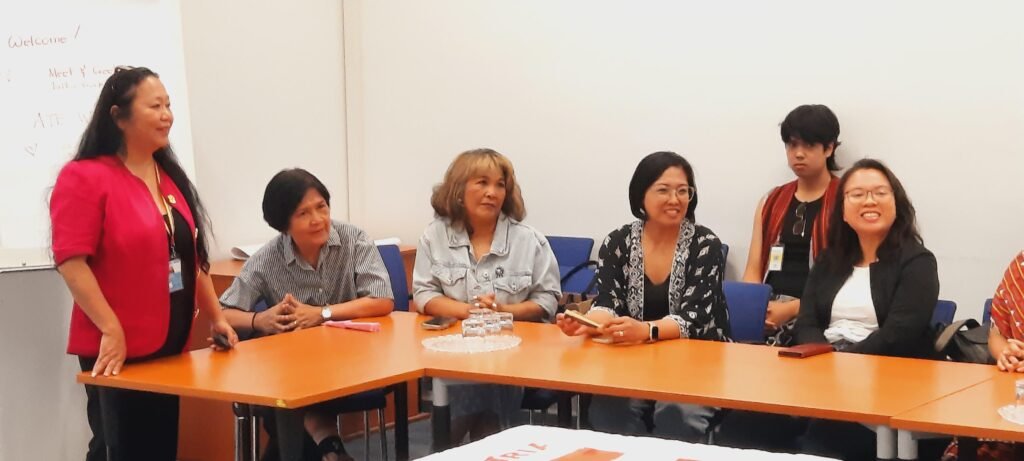
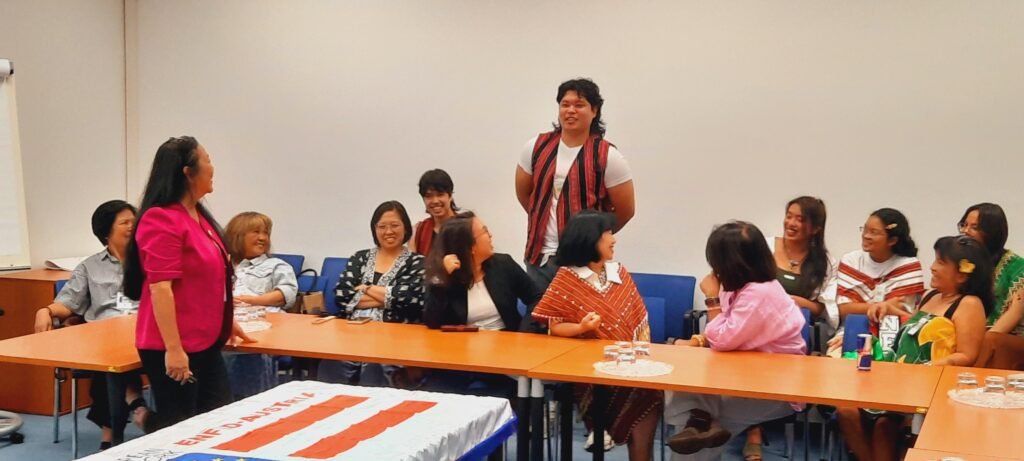
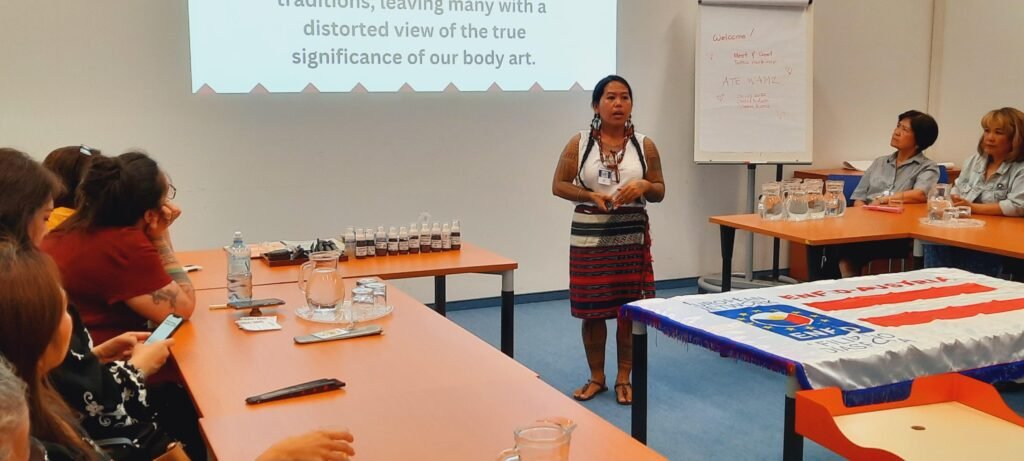
Frequently Asked Questions
Good post. I study something more difficult on completely different blogs everyday. It should always be stimulating to read content from different writers and observe a little one thing from their store. I’d desire to use some with the content material on my weblog whether or not you don’t mind. Natually I’ll provide you with a link in your web blog. Thanks for sharing.


You made some respectable points there. I appeared on the internet for the issue and located most individuals will associate with along with your website.
It’s perfect time to make some plans for the long run and it is time to be happy. I have read this publish and if I may I wish to suggest you few attention-grabbing things or advice. Perhaps you can write next articles relating to this article. I desire to learn more issues about it!
I was recommended this blog by way of my cousin. I am not certain whether or not this post is written by him as no one else know such precise about my problem. You’re incredible! Thank you!
Thank you so much for providing individuals with an extremely marvellous chance to read articles and blog posts from this website. It’s usually so enjoyable and as well , stuffed with fun for me personally and my office co-workers to search your web site minimum three times in 7 days to learn the fresh items you have. And lastly, I’m always contented with all the eye-popping advice you serve. Selected 2 points on this page are definitely the most suitable we have all ever had.
I will right away grab your rss as I can not find your email subscription link or e-newsletter service. Do you’ve any? Kindly let me know in order that I could subscribe. Thanks.
Outstanding post, you have pointed out some wonderful details , I as well think this s a very excellent website.
Nice post. I was checking continuously this blog and I’m impressed! Extremely helpful info specially the last part 🙂 I care for such info much. I was seeking this particular info for a very long time. Thank you and good luck.
magnificent issues altogether, you just received a emblem new reader. What could you suggest in regards to your publish that you simply made a few days in the past? Any positive?
Hello. magnificent job. I did not imagine this. This is a remarkable story. Thanks!
Thank you, I have just been looking for info about this subject for a long time and yours is the best I have discovered till now. However, what concerning the conclusion? Are you positive about the supply?
whoah this blog is excellent i love reading your articles. Keep up the good work! You know, a lot of people are searching around for this information, you can help them greatly.
Great tremendous things here. I am very glad to see your article. Thanks so much and i am taking a look forward to touch you. Will you kindly drop me a e-mail?
I’m curious to find out what blog system you have been working with? I’m having some minor security problems with my latest site and I’d like to find something more safeguarded. Do you have any recommendations?
Really superb visual appeal on this web site, I’d rate it 10 10.
You have observed very interesting details! ps nice site. “Hares can gamble over the body of a dead lion.” by Publilius Syrus.
Great post and right to the point. I don’t know if this is really the best place to ask but do you folks have any thoughts on where to hire some professional writers? Thx 🙂
wonderful post, very informative. I wonder why the other specialists of this sector do not notice this. You must continue your writing. I’m sure, you’ve a huge readers’ base already!
I have been exploring for a bit for any high quality articles or blog posts on this kind of area . Exploring in Yahoo I at last stumbled upon this website. Reading this info So i’m happy to convey that I have an incredibly good uncanny feeling I discovered exactly what I needed. I most certainly will make certain to do not forget this web site and give it a look on a constant basis.
You made a few fine points there. I did a search on the matter and found most people will have the same opinion with your blog.
Hello, i think that i noticed you visited my blog so i came to “return the desire”.I’m trying to to find things to enhance my website!I guess its adequate to make use of a few of your ideas!!
Hello.This post was really fascinating, especially since I was searching for thoughts on this issue last Monday.
I am glad to be one of several visitants on this great internet site (:, regards for putting up.
Hello, Neat post. There is a problem together with your website in web explorer, could check this?K IE still is the market leader and a large element of people will pass over your fantastic writing due to this problem.
WONDERFUL Post.thanks for share..extra wait .. …
I just like the valuable information you supply in your articles. I’ll bookmark your weblog and check once more here regularly. I’m reasonably certain I will learn many new stuff right here! Best of luck for the following!
Good post. I study something more difficult on completely different blogs everyday. It should always be stimulating to read content from different writers and observe a little one thing from their store. I’d desire to use some with the content material on my weblog whether or not you don’t mind. Natually I’ll provide you with a link in your web blog. Thanks for sharing.